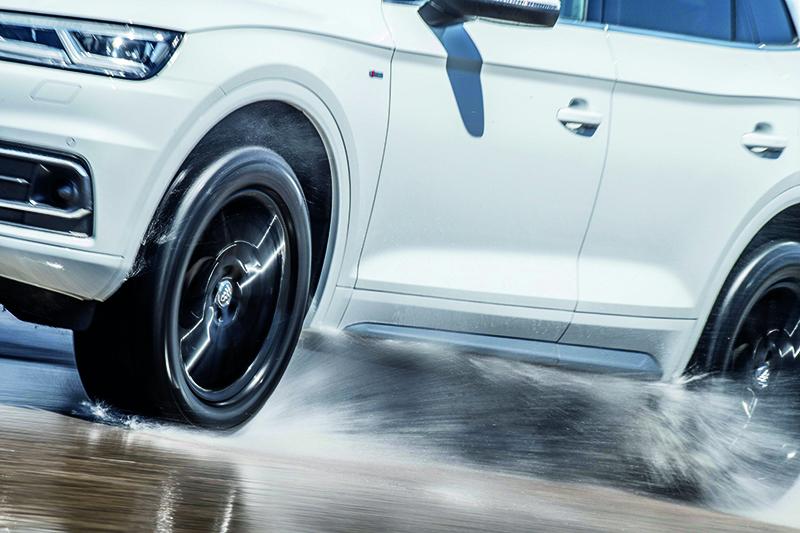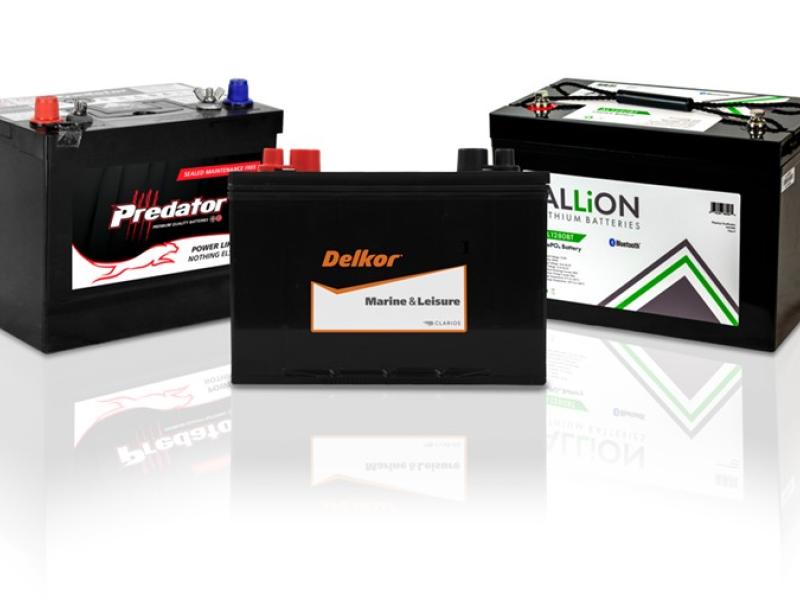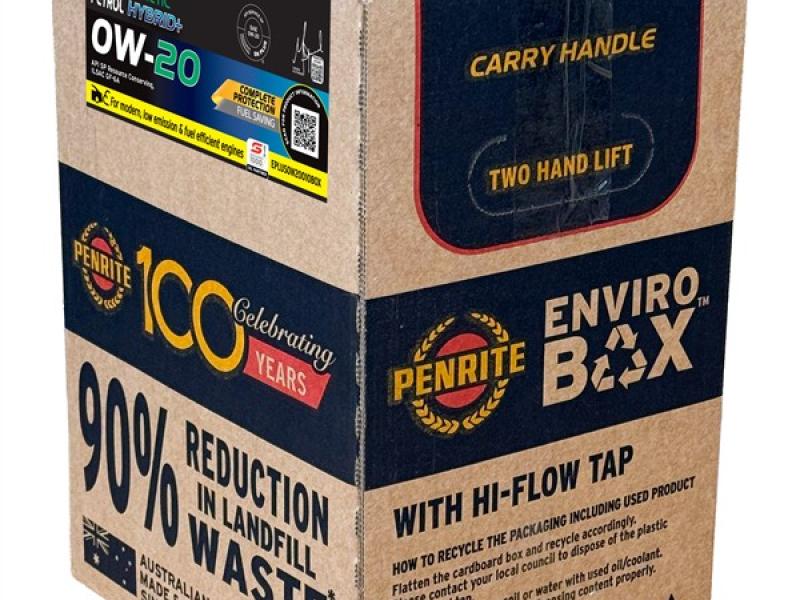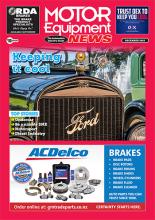Having a high performing braking system is arguably the most important contributor to the safety of a road going vehicle, allowing it to safely come to a halt under a wide range of traffic and road conditions.
General improvements in braking componentry over the years aided by active technologies such as ABS, Electronic Stability Control and similar driving aids, mean that that average stopping distances are reducing as vehicles continue to evolve.
Safety-conscious owners – or those who enjoy spirited driving or regularly tow trailers and caravans – can further enhance their vehicle’s braking by upgrading to better performing aftermarket products including premium brake pads, disc brake rotors, braided brake lines, brake boosters and other equipment offered by Bendix and other suppliers.
If going to these lengths though, it’s important not to forget another major contributor to vehicle safety and braking performance – having good quality tyres. A vehicle with a properly sorted braking package won’t function to its full potential if they have tyres at each corner that are in poor condition.
Quite simply, the grippier the set of tyres, the more brakeforce can be submitted through them to the road. Tyres that don’t have enough tread will want to lock up and activate ABS, meaning the investment in extra braking capabilities will be wasted.
In Australia, new passenger car tyres come with a minimum of 8mm tread. Testing by NRMA showed that when braking from 80km/h to standstill in a passenger vehicle with only 3mm tread took an extra 9.5 metres to stop compared to the one with new tyres, while the same car with 1.5mm tread (the legal minimum) required an extra 18.6m compared to the car with new tyres.*
You may think that ABS will overcome the worn tyre situation, but its effectiveness diminishes as tyres wear, so it becomes much less effective. ABS works by using sensors to determine when a wheel is about to lock up and adjusts the braking pressure accordingly to prevent this. A skidding wheel has less traction than a non-skidding wheel, so ABS engages earlier.
There’s a misconception that ABS reduces braking distance, and while it does so in a skidding vehicle with locked brakes, threshold braking – where the driver maintains brake pressure to achieve maximum grip before traction is lost – actually results in shorter stopping distances.
The downside to threshold driving is that’s it’s difficult to master, especially in real world driving conditions that can be unpredictable and the urge is there to stomp hard on the brakes in the case of a possible emergency. In an ideal situation all three should work together: good quality tyres and braking system under the control of a careful and considered driver.






